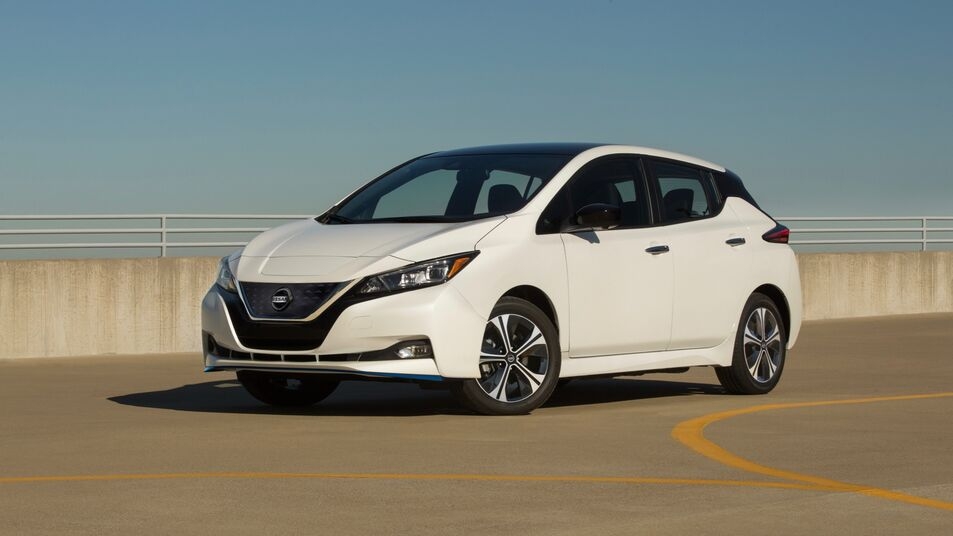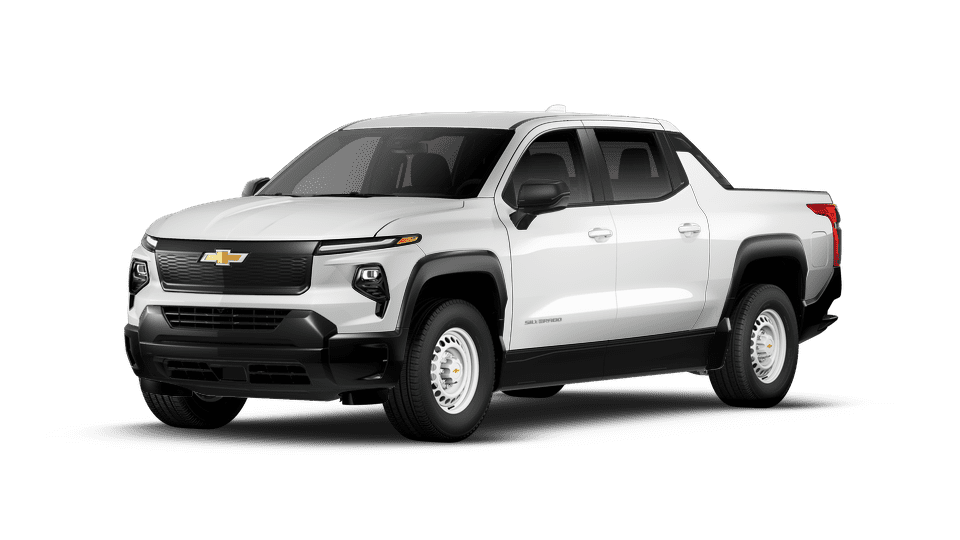Real Range, Real Towing, Real Ownership — Not Just Marketing
The electric truck hype is over. Now we’re left with reality: some models work, others don’t. If you’re looking at used electric pickups in 2025 or 2026 — and you want real towing, real range, and real reliability — you’ve got a narrow list of smart options.
I dug through service records, towing range tests, used resale trends, cold-weather charging data, and battery health scans to get to the truth. What EV trucks are actually worth buying under $60K? Which ones still hold a charge at 75,000 miles? Which fall apart under a trailer?
Let’s get into it.
1. 2022–2023 Ford F-150 Lightning XLT Extended Range
Typical Used Price: $48,000–$55,000
Unloaded Range: 290–320 miles
Towing Range (5,000 lbs): 130–160 miles
Battery: 131 kWh usable (liquid-cooled NCM)
Charging Speed: 10–80% in 42–45 minutes (peak: 155–170 kW)
Battery Degradation (50K miles): 4–6%
Cold Weather Performance: Strong with navigation-activated preconditioning
Why It Works
Ford didn’t try to reinvent the truck — and that’s why this works. The Lightning drives just like the gas F-150: soft ride, smooth steering, and tons of storage. But the Extended Range battery changes the game. With 131 kWh usable, it gives real range — even while hauling gear.
Cabin tech is user-friendly. Big touchscreen, physical volume and climate knobs, and Ford’s SYNC4 software is quick and familiar. Heated seats and steering wheel are standard on most XLT ER trims.
Charging speed isn’t flashy on paper, but it’s consistent — 155 kW peak, sustained well into the mid-pack, with strong thermal regulation even in winter.
Best For:
- Tradespeople who tow 3,000–5,000 lbs
- Fleet drivers
- Road trippers using Electrify America or Supercharger (via NACS adapters)
Avoid:
- Standard Range trims — 190 miles real range isn’t enough
- Any model without battery preconditioning (added in OTA update mid-2023)
2. 2022–2023 Rivian R1T Adventure Quad Motor
Typical Used Price: $50,000–$60,000
Unloaded Range: 285–310 miles
Towing Range (6,000 lbs): 110–145 miles
Battery: 135 kWh usable (high-energy density NMC)
Charging Speed: Peaks over 220 kW, 10–80% in ~40 min
Battery Degradation (40K miles): 3–5%
Cold Weather Performance: Excellent with OTA-enabled battery preconditioning
Why It Works
The R1T is the most capable electric pickup — period. Quad motors give it incredible grip. It climbs, crawls, and corners like a rally car. It’s also the only electric truck that doesn’t flinch at rough roads, snow-packed trails, or technical inclines.
Interior feel: upscale but rugged. Real wood, bright screens, and vegan leather that holds up under dog paws, trail dust, and snowy boots. Rear seats are a bit upright for adults, but fine for kids or short hauls.
Charging performance is strong — especially on 350 kW stations. Even in winter, battery preconditioning (activated via navigation) keeps charge rates above 150 kW consistently. Summer rates hit 210–220 kW.
Best For:
- Outdoor types
- People who tow campers, boats, or off-road toys
- Anyone who wants AWD capability without size bloat
Avoid:
- Large 20″ off-road tires unless you really need them — they kill 30+ miles of range
- Buying one far from Rivian Service Centers
3. 2022 GMC Hummer EV Edition 1
Typical Used Price: $55,000–$59,000
Unloaded Range: 310–330 miles
Towing Range (5,000 lbs): 120–140 miles
Battery: 212 kWh gross (Ultium platform)
Charging Speed: Peaks at 300 kW; 10–80% in ~30–35 min
Battery Degradation (30K miles): 2–3%
Cold Weather Performance: Strong, with pack heater active
Why It Works
It’s a monster. And now that prices are down, it’s one of the wildest electric truck bargains. With over 200 kWh onboard, this thing muscles through cold weather and towing better than you’d expect — not because it’s efficient, but because there’s just so much energy.
Interior: wide, solid, and surprisingly plush. Two screens, real switchgear, removable roof panels. Feels more premium than any Rivian or Ford.
Charging: it’s a beast. Find a 350 kW charger and you’ll see 275–300 kW peaks. Cold weather slows it down, but not as dramatically as smaller-pack EVs.
Best For:
- Drivers who want size, power, and novelty
- Those who don’t need to daily drive in tight urban areas
- People who want a luxurious EV truck with real highway confidence
Avoid:
- Units with aftermarket lifts or oversized tires
- Any Hummer with persistent suspension fault codes — early air systems were flaky
4. 2023 Chevrolet Silverado EV WT (Fleet Resale)
Typical Used Price: $46,000–$50,000
Unloaded Range: 270–290 miles
Towing Range (5,000 lbs): 120–145 miles
Battery: Shared Ultium pack (205–212 kWh gross)
Charging Speed: 10–80% in 30–35 min; strong taper curve
Battery Degradation (25K miles): 1–2%
Cold Weather Performance: Excellent thermal management
Why It Works
These trucks were built for fleets. That means reliability, simplicity, and range that doesn’t fall apart. The WT trim has no frills — vinyl seats, basic screen, steel wheels — but underneath, it’s GM’s best Ultium platform in a work truck skin.
Driving feel is relaxed. Great torque, quiet ride, and a usable frunk that dwarfs Rivian’s. The Silverado is longer than the Lightning but easier to charge thanks to better pack preconditioning and a flatter charge curve.
Interior quality is barebones, but the seats are durable, and the digital cluster is clear. You’re not buying it for looks — you’re buying it to get the job done.
Best For:
- Contractors and tradespeople
- Long highway commuters with light trailers
- Buyers who want GM reliability with minimal tech fluff
Avoid:
- Units with off-fleet abuse (overloaded mileage or crashes)
- Rear-wheel drive builds (rare, but some exist — confirm)
Electric Trucks to Avoid — Even If They’re Cheap
Lordstown Endurance
Zero support. No parts. Known controller and hub motor failures. Absolute deal-breaker.
Early Tesla Cybertruck VINs
First 2,000 units had software, door, and suspension issues. Poor panel fitment, unverified crash data, and no repairability outside Tesla. Avoid until later builds settle.
Standard Range Ford Lightnings
With less than 200 miles of real range (even less in winter), these trucks can’t handle towing or even moderate highway commutes reliably. Not worth the savings.
Smart Shopping Tips
- Always check for DC fast charging test results or live session screenshots — don’t assume it charges fast just because the spec sheet says so.
- Demand battery degradation info — third-party EV inspections like Recurrent Auto can give it to you.
- Confirm OTA updates were performed — especially for Rivian, Ford, and GM trucks.
- Ask where the truck lived — hot climates can wear batteries faster (Arizona, Texas).
- Look for service proximity — Rivian and GMC Hummer EV service is limited in rural areas.
What We Think
Used electric trucks were a fantasy five years ago. Now? They’re here, they’re proven, and they’re finally affordable. But only a few are actually worth your money.
Here’s how we see it:
The Ford Lightning Extended Range is the smartest all-around buy. Enough range, enough towing, fast enough charging — and you can service it almost anywhere. For real-world utility, it still sets the bar.
The Rivian R1T is for those who want capability without compromise. If you tow toys, explore in bad weather, or want something that charges quickly and drives tight, it’s unbeatable. Just make sure you have a service center nearby.
The Chevy Silverado EV WT is for people who want zero-nonsense ownership. Massive battery, minimal frills, and dependable long-range performance in all conditions. It’s the best sleeper EV truck on the market.
The Hummer EV? If you’ve got the driveway space and the ego for it, it’s a shocking amount of EV for the money — and with over 300 miles of real range, it’s no joke.
Don’t waste money on stripped-down Lightnings. Don’t take chances on vaporware trucks. And don’t believe range numbers unless you’ve seen real-world reports with loads and temps.
In 2025 and 2026, buying a used EV truck isn’t about early adoption anymore — it’s about smart adoption. And now you know where to start.







